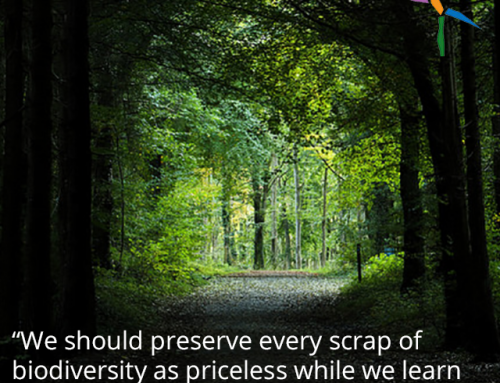When you’re starting to transition into a more sustainable lifestyle, going green doesn’t have to be a totally all-at-once process, especially when you’re figuring out how to make your home more environmentally friendly. One of the easiest places to start is the kitchen, because you have more control over what you buy and how you care for your kitchen than just about any other room in the house. So how can you get started? Here are five ways to start being environmentally friendly in the kitchen.
Start A Compost Bin
If you’ve already begun cooking at home, starting a compost bin is a great way to use food scraps for creating pesticide-free soil (along with grass cuttings, weeds and other plant matter from your yard or garden). Putting the compost bin in a spot like under the sink will help establish a compost system (and might just give you that extra kick in the pants to get a compost system outside going, too!)
Replace Your Cleaners (Safely) With Organic Ones
I’ve heard the statement “I don’t trust people who keep clean kitchens,” but keeping your kitchen clean is a lot more than just a statement on how much you cook – it’s a real health issue. Most kitchen cleaners are made with hazardous chemicals that can harm you or your family (or pets), so replacing them with natural cleaners is a big step to feeling better. Either replace cleaners as they run out, or if you’re getting rid of all of them at once, don’t dump them into the sink, sewer, or trash – take them to the nearest hazardous waste facility in your area.
Use Wooden Cutting Boards
There have been countless studies made about the differences of bacteria growth between plastic, glass, and wooden cutting boards. The cracks and fissures in plastic and glass cutting boards can hold up to 10 times more bacteria than wooden cutting boards. Make sure you pick up a wooden cutting board certified by the Forest Stewardship Council. And if you’re a carnivore, make sure you have separate boards for meat and vegetables so you don’t cross-contaminate!
Choose Cloth
Instead of keeping paper towels around for cleanups or napkins, invest in cloth instead. With a little research, there are even cloth alternatives out there that are made from all-natural, biodegradable materials. Using cloth napkins will also cut down on waste, and you can throw them in with the laundry!
Phase Out Plastic
If you can recycle old plastic containers, you’ll be creating less waste while getting healthy, as the chemicals from plastic containers have been shown to leak into foods. The next time you’re buying food containers, make sure they’re made of glass, ceramic or stainless steel.
There are lots of different ways to go green in the kitchen! Little things can make all the difference.
How are some of the ways you green up your kitchen? Like us on Facebook and tell us!
Need more assistance in learning to let go of the consumer media’s impact on your life, take control of your finances and find the satisfaction of enough for today? The Get Satisfied Interactive Handbook is a 30-minute web course that walks you through a series of specific questions and then presents a personalized how-to plan for becoming a postconsumer. Launch your evaluation for free right now.





